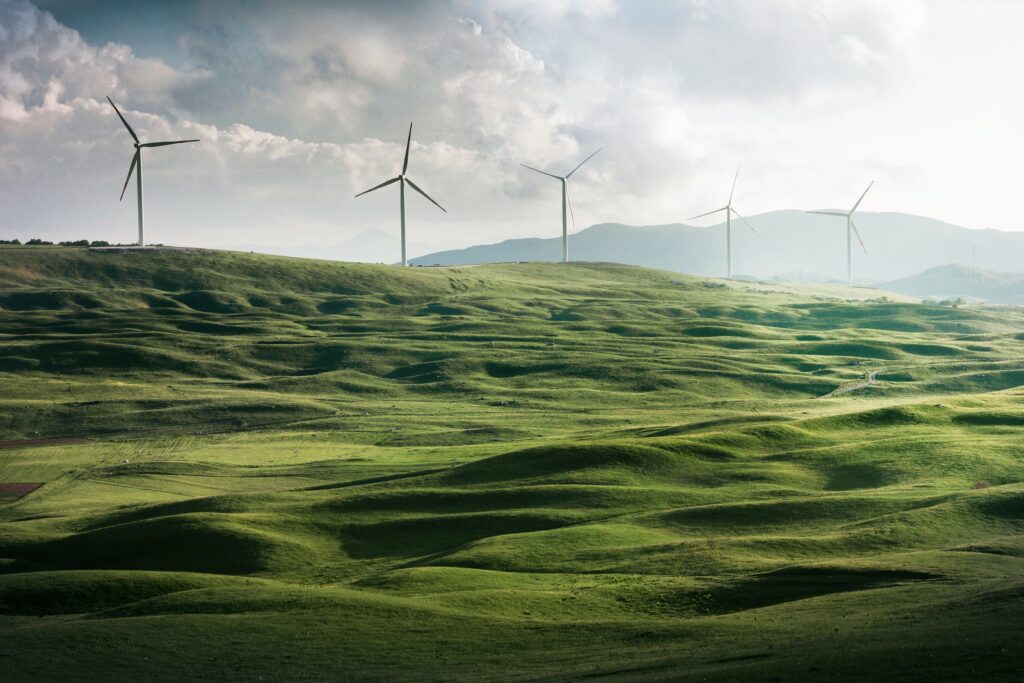6 Ways Artificial Intelligence Can Help in Environmental Conservation

The role of artificial intelligence in different sectors for environmental conservation to mitigate the effects of climate change & its challenges.
The use of artificial intelligence (AI) in various industries has been on the rise in recent years, and one area where it has the potential to make a significant impact is environmental conservation. AI can be utilized in various ways to protect the environment and its biodiversity, from analyzing large amounts of data to predicting and mitigating the effects of climate change.
Smart Agriculture
AI can enhance crop production and mitigate issues such as plant diseases and inadequate watering by utilizing data collected from sensors in the field, which monitor crop moisture, soil composition, and temperature. In combination with drone technology, which also monitors crop conditions, increasingly automated AI systems can determine optimal crop planting, spraying, and harvesting times. Companies like Blue River Technology, Harvest CROO Robotics, and Trace Genomics are examples of businesses operating in this industry, which aims to reduce water and fertilizer usage while simultaneously improving crop yields.
Energy Conservation

The use of AI is increasingly common in managing the variability of renewable energy to allow for greater integration into the power grid. AI can regulate power fluctuations and enhance energy storage capacity. The ultimate aim is to develop a self-managing grid that can effectively handle renewable energy sources without any interruption and require minimal human intervention during system failures. Wind energy companies are using AI to optimize the electricity output of each turbine by leveraging real-time weather and operational data.
Furthermore, artificial intelligence can also improve energy efficiency. Google implemented machine learning to anticipate peak energy demands in its data centers. The system analyzed user behavior to predict the times when power-hungry applications like Youtube were most likely to be used and optimized the cooling necessary to reduce energy consumption by 40%.
Sustainable Transport on Land
The implementation of AI technology can contribute to the alleviation of traffic congestion, optimization of cargo transportation in the supply chain logistics, and the expansion of autonomous driving capabilities. AI can potentially resolve the “last mile” delivery issue and minimize the requirement for delivery vehicles. Additionally, AI can assist businesses with demand prediction, which can aid in reducing the amount of transportation required. NuTonomy, Nauto, and Sea Machines Robotics are some of the companies in this industry.
Next-generation Weather and Climate Prediction
The emerging field of “Climate Informatics” is utilizing AI to revolutionize weather forecasting and enhance our comprehension of the impact of climate change. Previously, this field required high-performance, energy-intensive computing, but deep-learning networks can accelerate computations and incorporate more of the real-world system’s complexity into the models. This has led to more accurate weather and climate modeling, resulting in more practical simulations for decision-makers.
Making Cities More Livable and Sustainable
On a city-wide scale, AI can enhance energy efficiency by utilizing data from smart meters and the Internet of Things (IoT), a network of computing devices that can transmit and receive data. This information can be analyzed to forecast energy demand. AI systems can also simulate hypothetical zoning regulations, building codes, and flood scenarios to aid in urban planning and emergency response planning.
In collaboration with IQAir, UNEP has co-established an environmental monitoring project called the GEMS Air Pollution Monitoring platform. This platform is the largest network of air quality information in the world. It aggregates data from more than 25,000 air quality monitoring stations in over 140 countries and utilizes AI to generate insights on the influence of real-time air quality on populations. These insights can be used to inform health protection measures.
Wildlife Conservation
AI can be used to track and monitor wildlife populations, identify and respond to poaching threats, and predict and prevent disease outbreaks. AI algorithms can analyze images and videos captured by camera traps to identify individual animals, track their movements, and estimate population sizes. This information can help conservationists develop targeted conservation strategies to protect vulnerable species.
Challenges
Security
There is a possibility that AI could be hacked, allowing malicious individuals to disrupt critical systems such as energy, transportation, or early warning systems.
Economic Risks
Companies that are hesitant to adopt AI may face financial repercussions as their AI-driven competitors gain ground. The digitalization of the economy is causing brick-and-mortar stores to close, and we are already witnessing the effects.
Social Risks
The increasing use of AI is leading to greater automation, which could result in job losses in virtually every sector. Additionally, the deployment of autonomous weapon systems could intensify and worsen global conflicts.
Ethical Risks
Due to its reliance on inferred assumptions about groups and communities to make decisions, AI could contribute to an increase in bias. Moreover, data collection raises concerns regarding privacy.
Environmental Risks
The widespread use of AI has prompted concerns about its environmental impact. AI-powered data centers consume significant amounts of energy, and the water consumption associated with machine learning algorithms is also contributing to the depletion of the planet’s resources.
The Bottom Line
The role of AI in environmental conservation is critical, and the benefits of the technology are vast. However, to fully harness the power of AI in environmental conservation, we must address the challenges the technology faces, and ensure that the benefits of AI are accessible to all. By doing so, we can use AI to protect the planet and its biodiversity for generations to come.
The Disposal Company assists brands to mitigate their plastic footprint to combat climate change. Check here to contact us.




